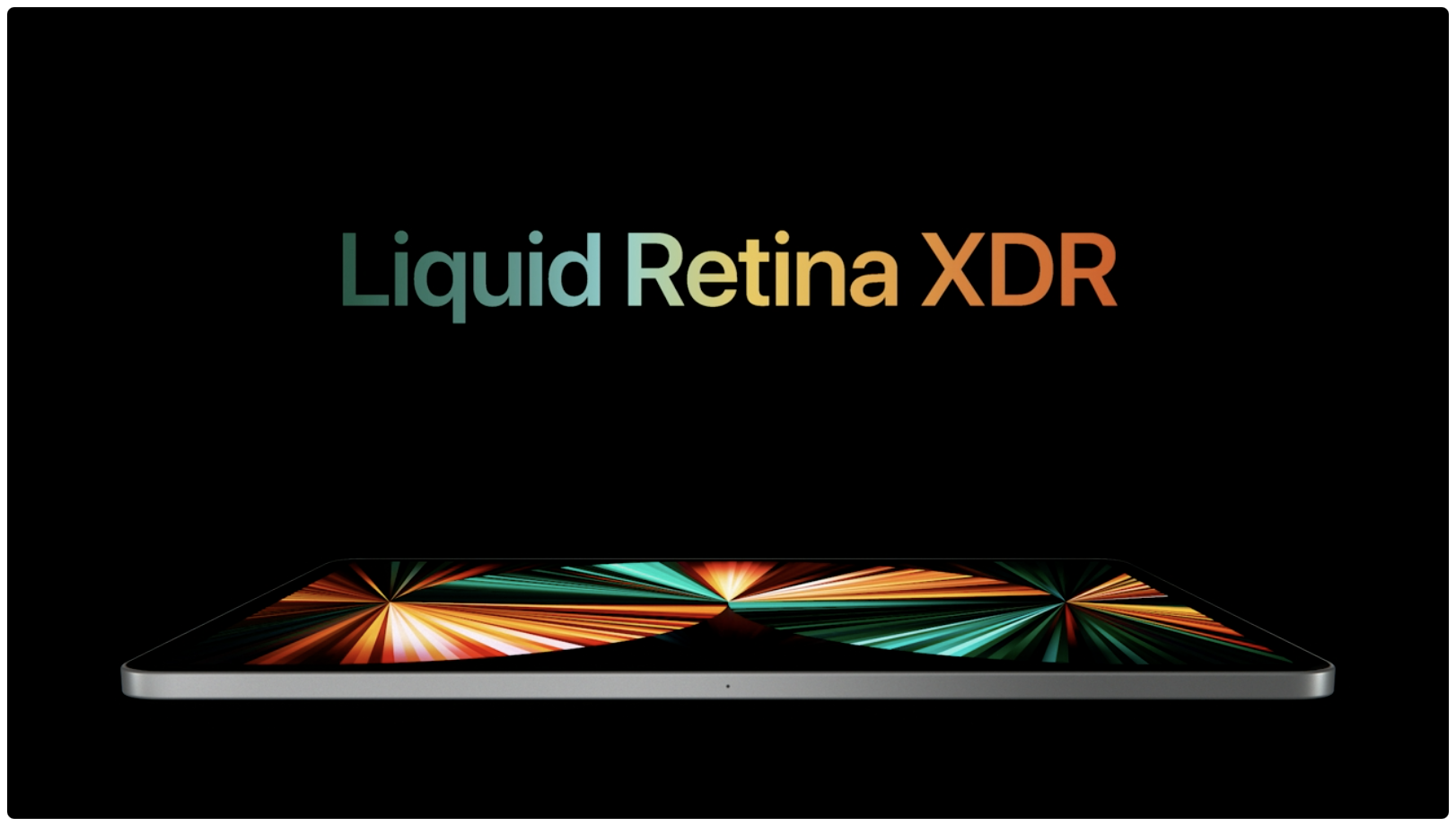The sad state of external Retina displays currently available for the Mac computers is hindering choice, with just four options available to customers in the United States.
The state of the external Retina displays
On Retina displays, macOS scales up to fill in the extra pixels. This is known as HiDPI mode (High Dots Per Inch). For a typical external display, that means roughly 220PPI.
The problem is, macOS does not treat every external display with high pixel density as being Retina-capable. As a result, you can only buy a handful of Apple-approved monitors that provide the Retina experience the way Apple has envisioned it.
In an analysis of the current state of external Retina displays, Casey Liss notes that customers in the US currently have only the following choices available to them:
- 24″ LG 24UD58-B 4K: $300-$400 on Amazon
- 24″ LG UltraFine 4K: $700 on Apple store
- 27″ LG UltraFine 5K: $1300 on Apple Store
- 32″ Apple Pro Display XDR: $5,000 on Apple Store
“The above is the entire lineup. That’s it,” Casey remarks. “Four options. Three of which existed 1,665 days ago.” The post goes on to explain key differences between these external Retina Mac displays. Read: How to manage settings for external Mac displays
Writing on his Daring Fireball blog, John Gruber relays a comment by Yoni Mazuz who said on Twitter that the smaller LG UltraFine 4K monitor was replaced “at some point after 2017 with a slightly larger panel with lower resolution, but with faster USB ports”.
When they introduced the UltraFines, they were exactly the same sizes and resolutions as the 4K and 5K iMac: 21.5 and 27 inches. At some point, the smaller one got replaced with a model with a slightly larger screen and lower resolution, so a lower real PPI than any Retina Mac.
— Yoni Mazuz (@yonatron) December 7, 2021
Which external LG display should you pick for your Mac?
The LG 24UD58-B is a good choice for developers despite its “unremarkable” panel, according to Casey’s personal opinion. He calls it a nice choice for anyone needing an entry-level Retina external display for their Mac that won’t break the bank. LG’s UltraFine 4K is “a fancier version” of the 24UD58-B. It comes with an internal USB-C hub allowing it to offer additional connectivity options and daisy-chain a second 4K display.
The bigger one dubbed the UltraFine 5K, also has a small USB-C hub but lacks the option to daisy-chain a second 4K display. “I recently bought one secondhand, and the rumblings are true: the stand is straight-up trash, and the monitor itself is unreliable on the best of days,” Casey cautions, adding that “When it does work, though, it’s great!”
We’re not going to highlight Apple’s own $5,000 monitor due to its high price and the fact that it’s meant for creative professionals who can afford an expensive studio-quality display. Summing up, your options in terms of external Retina displays that play nice with macOS are very limited at the moment. It’s definitely high time Apple released an affordable external display. As a matter of fact, a recent rumor alleges that Apple was indeed working on a trio of affordable external displays for Mac users.
Gruber commented:
This is why Apple needs to make its own prosumer-priced external display (or even better, displays)—it’s clear no one else is making them other than LG, and the LG displays aren’t great.
Of course, other Retina-capable external displays have existed at some time in the past. As an example, Casey mentions some of Dell’s displays. But those products have either been discontinued or are not readily available here in the US so they’re not on Casey’s list.
Seems to us Apple is leaving money on the table by having others address this market.
What’s a Retina display?
A Retina display isn’t any specific kind of display. “Retina” is just a marketing term Apple coined to refer to a display with a pixel density above a threshold where the human eye is unable to discern individual pixels. The user sees smooth curves without any visible pixelation and the overall experience is much easier on the eyes than non-Retina displays.

Apple first used the “Retina” moniker during the 2010 iPhone 4 introduction. The iPhone 4 was the first smartphone sporting a high-resolution display with a pixel density of 326 pixels per inch (PPI). Steve Jobs said this was “safely above” the 300PPI threshold where the human eye cannot distinguish individual pixels when looking at a smartphone display from an arm’s length.
Since then, Retina screens have made their way into other devices like iPads, Mac notebooks, watches and Apple’s own Pro Display XDR external monitor. Apple has even registered the term “Retina” as a trademark with regard to computers and mobile devices.